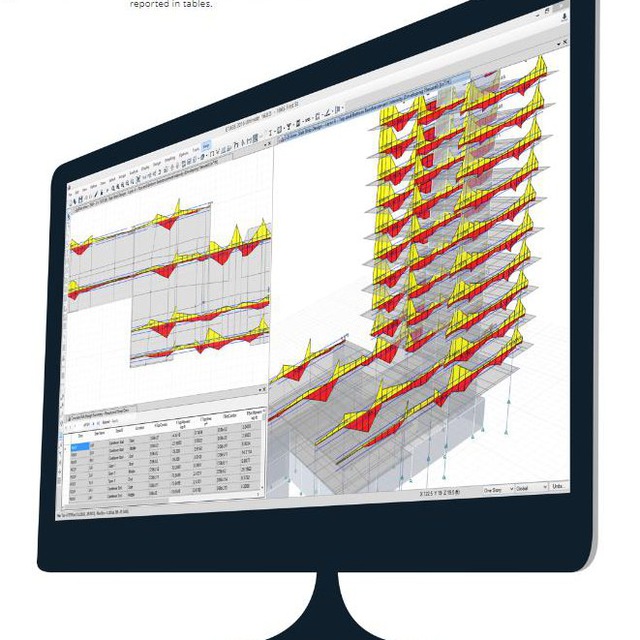Dr. Alirezaei’s answer
According to ASCE7-16 we have:
2.8.5 Overturning. The structure shall be designed to resist overturning effects caused by the seismic forces determined in Section 12.8.3
According to the 2800 standard, we have:
3-3-8 The overturning anchor caused by the lateral forces of the earthquake in the level below the foundation is equal to the sum of the product of the lateral force of each level in its height compared to the level below the foundation of the structure. In the calculation of the anchor resistant to overturning anchor, the balance load is the effective weight of the earthquakes of the building, which is used to determine the lateral force, and the weight of the foundation and the soil on it is added to the effective weight of the earthquakes. The structure of the building and its foundation should be designed in such a way that they have the ability to withstand the effect of overturning anchor.
If we call the overturning anchor Mo and the resistant anchor Mr, this relationship can be deduced from both clauses of these two regulations:
Mr/Mo>1.0
It seems that the regulations mean a safety factor of one against the loads caused by overturning.
In past earthquakes, it has rarely been seen that the horizontal acceleration effects of the earthquake caused the structure to overturn. The old regulations have been more sensitive in relation to the overturning anchor of structures. For example, according to UBC94, the safety factor against overturning is 1.5:
3110.5 Overturning. Buildings and structures and parts or elements shall be designed to resist sliding or overturning by at least 1.5 times the lateral force or overturning moment caused by wind and flood loads acting simultaneously. For the purpose of providing stability, only the dead load shall be considered effective in resisting overturning.
Consideration shall be given to design for uplift effects caused by seismic loads. For materials which use working stress procedures, dead loads shall be multiplied by 0.85 when used to reduce
uplift.
It also considers dead load at 85% to determine the resistant anchor, and the distance of the effective arm to determine the resistant anchor is considered to be half the length of the seismic system and not the distance between the center of mass of the floor and the edge of the structure! For example, if a steel structure has a braced opening in one direction, it suggests the length of the resistant anchor arm equal to half the length of the braced opening, which is very conservative. In my earthquake engineering book, there is an example (Chapter 10 – Convergent braced frame design example) in this connection. You can click here to download this book. Of course, it should be noted that the force level of UBC94 is about 1.4 times lower than today’s regulations.
In my opinion, to calculate the overturning anchor, the distribution of earthquake forces should be used, which are multiplied by the added resistance coefficient of omega zero of the system. Because according to the figure above, the force level prescribed in the regulations is Cs, which is the place where the first paste joint is formed in the structure, but the structure experiences up to the force level of Cy=Cs*Omeaga (of course, this is my personal opinion). In this case, the resistant arm at the edge of the structure should be compared with a confidence factor of one.
In dynamic analysis, you can also consider the anchor caused by the distribution of lateral forces under dynamic loads. In this case, because the distribution of forces is different, it does not necessarily lead to a lower overturning anchor. Although ASCE7-16 explicitly states that the overturning moment must be obtained under the distribution of static loads as stated in clause 12.8.3 of this code.
Structure Design Question Group link
(Assembly of Designers of Tabriz)
@Tabrizporsemancivil
This post is written by AminNajafgholizadeh
